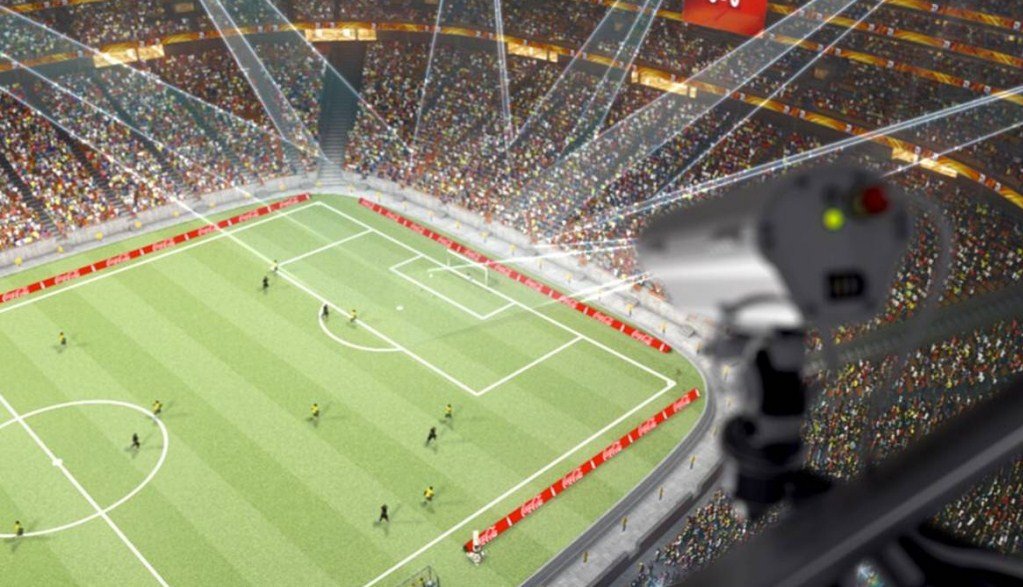What is Goal-Line Technology?
Goal-line technology is a technical means of instantly determining whether the whole of the ball has crossed the goal line in between the goal-posts and underneath the crossbar with the assistance of electronic devices and at the same time assisting the referee in awarding a goal or not. The International Football Association Board (IFAB) requires that goal-line technology does not interfere with the game.
As a consequence, the requirements were set up to determine that only the match officials are to receive a signal to indicate whether or not the entire ball has crossed the line. The information is transmitted within one second which ensures an immediate response from the referee. Due to this design, there are no stoppages or other forms of interference in the game. The match officials are the only ones to receive the signal on their watches. Unless there is a conscious choice by the competition organizer to show a replay, the information is only available to the referee and helps in challenging situations.
How Does Goal-Line Technology Work?
The system uses 14 high-speed cameras mounted on the catwalk of the stadium/under the roof. The data from the cameras is used to create a 3D animation to visualize the decision to the fans on TV and on the giant screen inside the stadium. The cameras capture the position of the ball at 500 frames per second and send the data to a central processing unit. The unit then analyzes the data and determines if the ball has crossed the line or not. If the ball has crossed the line, the unit sends a signal to the referee’s watch, which vibrates and displays the word “GOAL”. If the ball has not crossed the line, the watch remains silent and shows nothing.
How Was Goal-Line Technology Tested?
The IFAB decided on 5 July 2012 that the potential use of goal-line technology was to be implemented in the Laws of the Game and a certification procedure should control the quality of goal-line technology systems. All competition stadiums are tested by independent test institutes before the start of the tournament. Moreover, the referee checks the system before the start of each match to see if it is turned on and correctly calibrated.
What Are the Benefits of Goal-Line Technology?
Goal-line technology has several benefits for the game of soccer, such as:
- It eliminates human error and ensures fair and accurate decisions.
- It reduces the pressure on the referees and enhances their confidence and credibility.
- It improves the quality and excitement of the game by avoiding unnecessary disputes and controversies.
- It respects the spirit and flow of the game by avoiding interruptions and delays.
- It increases the transparency and trust of the fans and the media.
What Are the Challenges of Goal-Line Technology?
Goal-line technology also has some challenges and limitations, such as:
- It is expensive and requires a lot of maintenance and calibration.
- It is not available in all stadiums and competitions, which creates inconsistency and confusion.
- It does not solve all the problems and controversies in soccer, such as offside, handball, foul, etc.
- It may create a dependency on technology and reduce the human element and the charm of the game.
- It may raise ethical and philosophical questions about the role and authority of technology in sports.
Goal-line technology is a technical means of instantly determining whether the whole of the ball has crossed the goal line in between the goal-posts and underneath the crossbar with the assistance of electronic devices and at the same time assisting the referee in awarding a goal or not.

